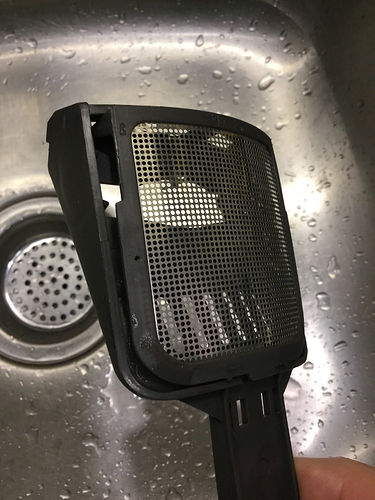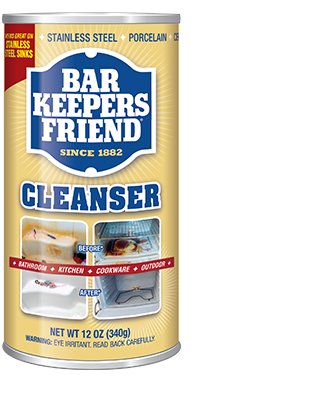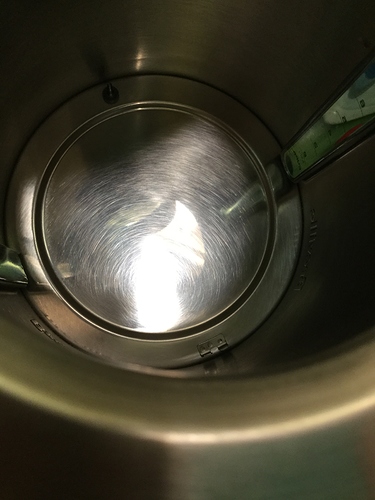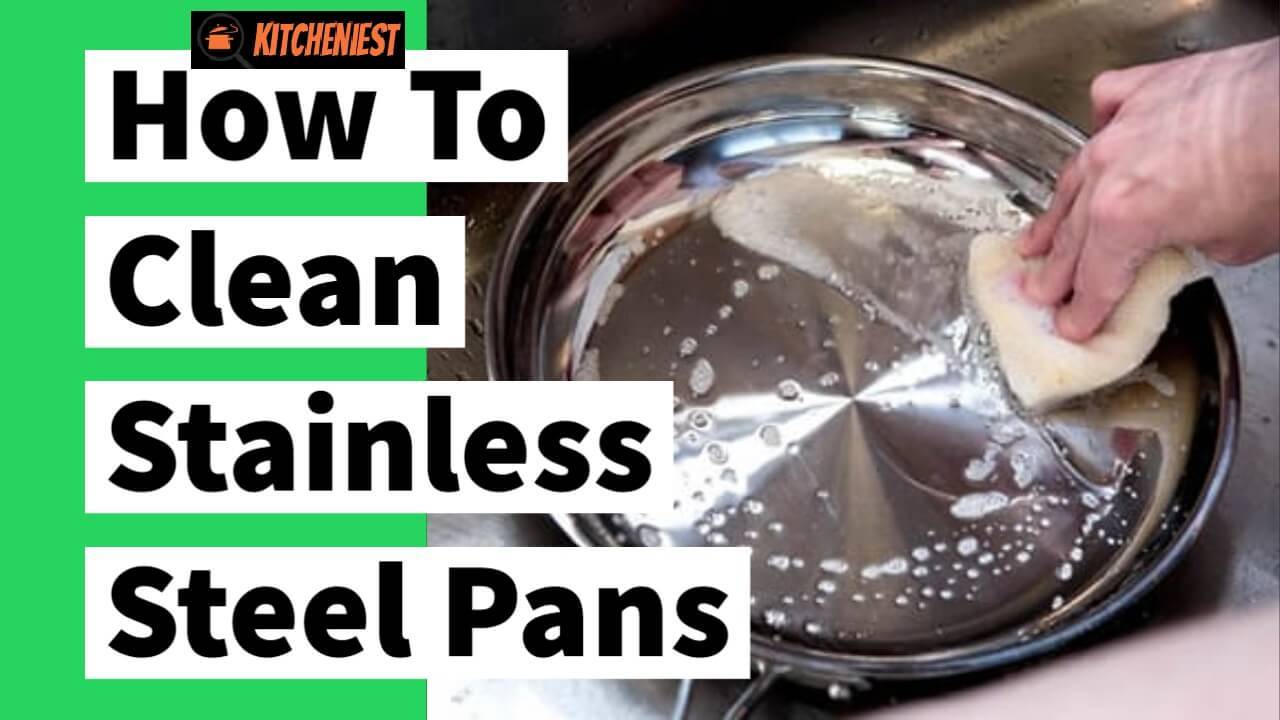I have a very nice and expensive stainless steel Breville kettle. Performance-wise, I’m quite satisfied, although I wish it had 5-degree increments rather than 10. But that’s not a biggie. And I do have a biggie!
After using the kettle for less than a year, it started to develop what looked like concentric rings of little round rust spots around 3/4 of the periphery of the bottom. “Stainless steel!” I thought, “how can this happen?”
After some investigation, I discovered that the rust was not the stainless steel. It was mineral, mostly iron, precipitaion from water evaporating as the kettle air dried. I had made the mistake of not drying the kettle thoroughly between uses, but had just emptied it and let the remaining water evaporate. Not such a good idea.
So how to get that out? Could I get it out? Yes, I could use steel wool and scratch the hell out of the bottom of the kettle which would make the bottom virtually impossible to wipe dry and increase exponentially the surface area available for yet more iron precipitation. So my search was on for a non-abrasive and relatively gentle cleaner.
I’ll cut directly to the chase. After trying vinegar and Easy Off, neither of which did squat. My wife googled ‘pa ruskie’ and found some simple home remedies. Baking soda paste, wiped around with a sponge and allowed to sit for an hour made a marked improvement. But looked like it was going to take a lot more repetitions to do the job than I wanted to expend. I followed this with a toothpaste wipe again with a sponge. OK! That’s progress. Judging by the degree of reduction, my guess is that it’s going to take another 1/2 dozen or so repetitions with toothpaste to get the precipitation out completely. I can do that over the course of the next few days as I use the kettle.
PS: Easy Off is a great cleaner for coffee stained glass.





